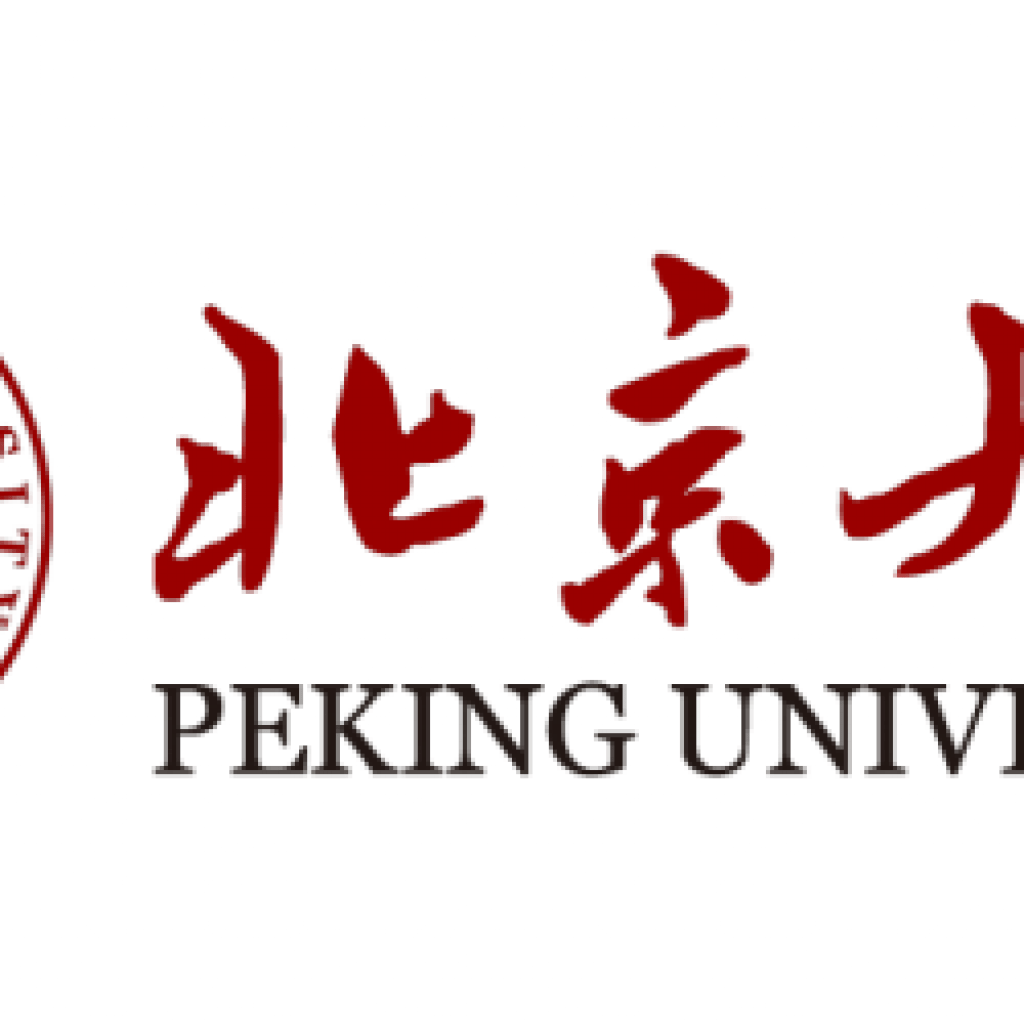(Springer.com) The secure encryption of information units based on a method called quantum key distribution (QKD) involves distributing secret keys between two parties – namely, Alice, the sender, and Bob, the receiver – by using quantum systems as information carriers. However, the most advanced quantum technology, QKD, is currently limited by the channel’s capacity to send or share secret bits. In a recent study published in EPJ D, Gan Wang, who is affiliated with both Peking University, Bejing, China, and the University of York, UK, and colleagues show how to better approach the secret key capacity by improving the channel’s lower boundary.
The authors focus on a particular type of channel, called the noisy thermal amplifier channel, where the input signals are amplified together with noise induced by the thermal environment. The authors calculate the highest-known amount of secret information units, or bits, that Alice and Bob can share via such a channel. This is done by injecting controlled noise—made up of well-defined thermal agitation—into the detection apparatuses.
Researchers Show How to Better Safeguard Quantum Key Distribution
